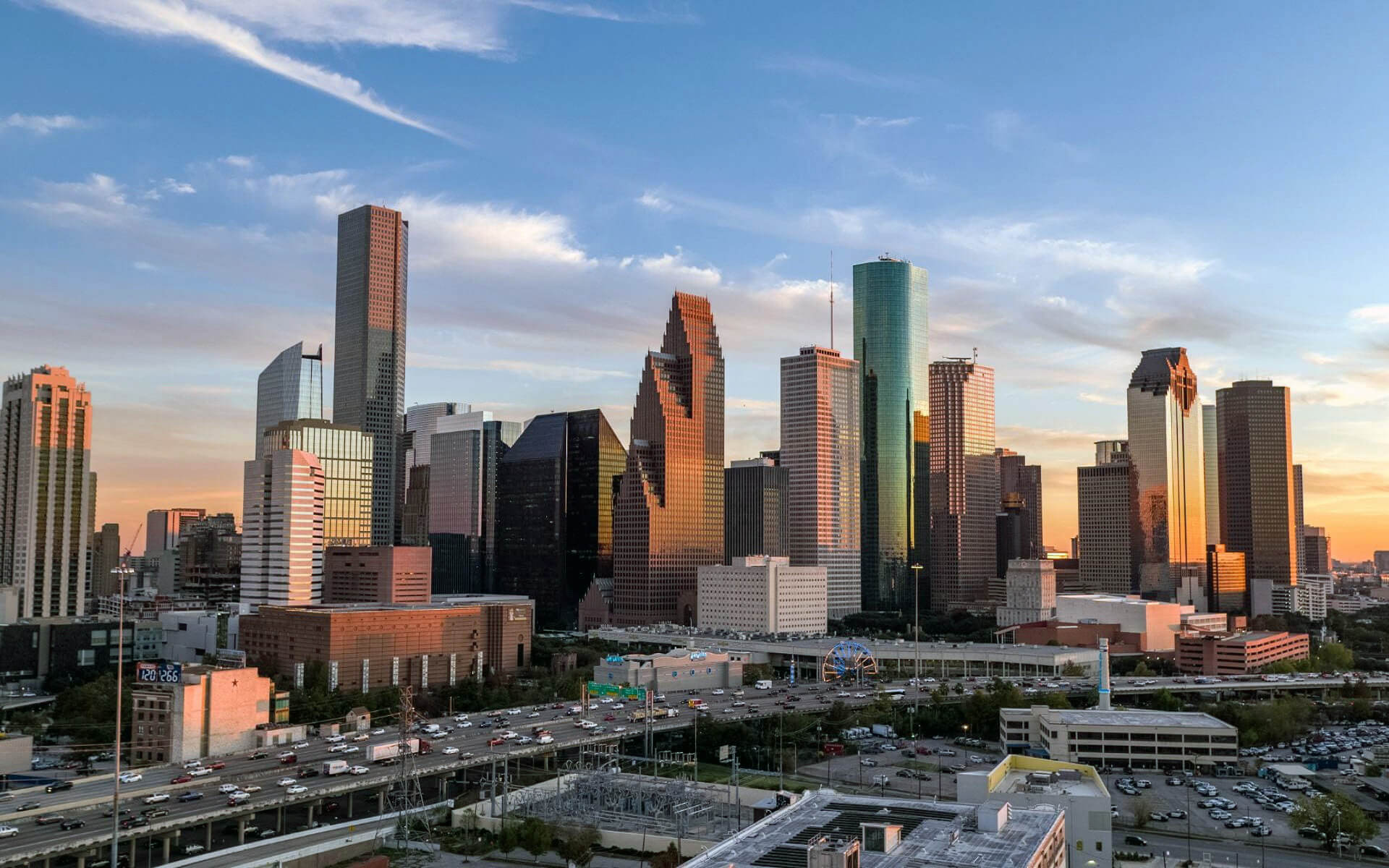Houston is the most populous city in Texas and the fourth most populous city in the United States. Aside from its people, it is also vast in terms of land area. While urban sprawl is associated with Houston, the districts closest to Downtown provide tourists with a diverse range of options in a very compact area. Houston is cosmopolitan and diversified, with some of the biggest Latino, African American, and Asian American populations in the country. It offers a varied museum and cultural culture, dynamic shopping, and has become a booming foodie attraction.
The Theater District is a 17-block district in downtown Houston that includes the Bayou Place entertainment complex, restaurants, movie theaters, plazas, and parks. Bayou Place is a multilevel structure that has full-service restaurants, bars, live music, billiards, and Sundance Cinema. Live concerts, stage plays, and stand-up comedy are all performed at the Bayou Music Center. NASA’s Lyndon B. Johnson Space Center’s official visitor center is Space Center Houston. The Space Center has several interactive displays, such as moon rocks, a shuttle simulator, and lectures on NASA’s human space flight program’s history. Other tourist attractions in the Uptown District include the Galleria (Texas’ biggest retail mall), Old Market Square, the Downtown Aquarium, and Sam Houston Race Park.
Houston’s contemporary Chinatown and the Mahatma Gandhi District deserve special note. Both locations provide a lovely glimpse of Houston’s diverse population. Both districts include restaurants, bakeries, traditional-clothing businesses, and speciality shops.
Hermann Park, Terry Hershey Park, Lake Houston Park, Memorial Park, Tranquility Park, Sesquicentennial Park, Discovery Green, and Sam Houston Park are among the 337 parks in Houston. The Houston Zoo and the Houston Museum of Natural Science are both located inside Hermann Park. Sam Houston Park is home to restored and recreated mansions erected between 1823 and 1905. Herman Brown Park has been proposed as the site for the city’s first botanic garden.
Houston has the greatest overall area of parks and green space, 56,405 acres, among the ten most populous cities in the United States (228 km2). The city also manages over 200 more green areas totalling over 19,600 acres (79 km2), including the Houston Arboretum and Nature Center. The Lee and Joe Jamail Skatepark is a public skatepark owned and administered by the city of Houston. It is one of the biggest skateparks in Texas, with a 30,000-square-foot (2,800-square-meter) in-ground facility. The Gerald D. Hines Waterwall Park, situated in the city’s Uptown District, is a famous tourist attraction as well as a venue for weddings and other special events. According to a 2011 Walk Score assessment, Houston is the 23rd most walkable of the 50 biggest cities in the United States. Wet’n’Wild SplashTown is a water park on Houston’s northwestern outskirts.
Princess Cruises and Norwegian Cruise Line both stop at the Bayport Cruise Terminal in the Houston Ship Channel.
Houston has a distinct personality that is both “Texan” and a tremendous melting pot of different ethnicities and socioeconomic classes. Well-to-do suburban homes, LA-style commercial strips, Latin-American neighborhoods, towering skyscrapers, historic African-American neighborhoods battling gentrification, vast refinery complexes, big Asian populations, and pockets of artist communities may all be found. The weather is typically favorable from October to May, and many restaurants and pubs take advantage of it with lots of outside seating and gorgeous lighting. In contrast to the rest of Texas, Houston’s closeness to the Gulf of Mexico makes it a lush, tropical paradise.
Houston is, in some ways, the gritty step-cousin of rich Dallas and middle-class hippy Austin. Outside of Rodeo season, you won’t see many cowboys or enormous hairdos in downtown Houston, but you will witness a wide mix of individuals serving the oilmen, petroleum engineers, and high-end physicians.
Houston is the most populous city in the United States with no discernible zoning. While there is some zoning in the form of laws, deed restrictions, and land use rules, real estate growth in Houston is only limited by the desire of real estate developers and their pockets. Historically, real estate developers have had a considerable effect on Houston politics and legislation; at times, they have controlled the majority of city council seats. As a result of this arrangement, Houston has become an extremely sprawling and automobile-dependent metropolis. The advantage of this absence of zoning is that certain districts, such as Montrose, have a wealth of hidden pubs and art galleries snuggled amid historic neighborhoods, which is not conceivable in zoned cities around the nation.
For those looking for a walkable experience, the regions around downtown are getting increasingly congested and walkable as islands of stylish mixed-use complexes sprout up. Many neighborhoods might be inhospitable to walkers and bicyclists since sidewalks are privately constructed (if at all) and roads are filled with enormous potholes. The city’s economy is based entirely on the energy sector, and practically everyone has a vehicle and drives wherever they go, even to destinations less than a mile away.
With a few exceptions, practically everything to see and do in Houston is located around the 610 Loop, notably between downtown, the Galleria, and the Texas Medical Center.
The Houston Visitors Center is managed by the Greater Houston Convention and Visitors Bureau. The center is situated on the first floor of the historic City Hall at 901 Bagby (corner of Bagby and Walker St.) in the heart of downtown Houston. Find out about Houston’s history, sights, restaurants, and hotels, as well as directions and maps. You can also buy Houston goods and watch an 11-minute video about the city. Over 10,000 brochures and publications are available to help you plan your vacation to the Houston region. Monday through Saturday, 9 a.m. to 4 p.m.


